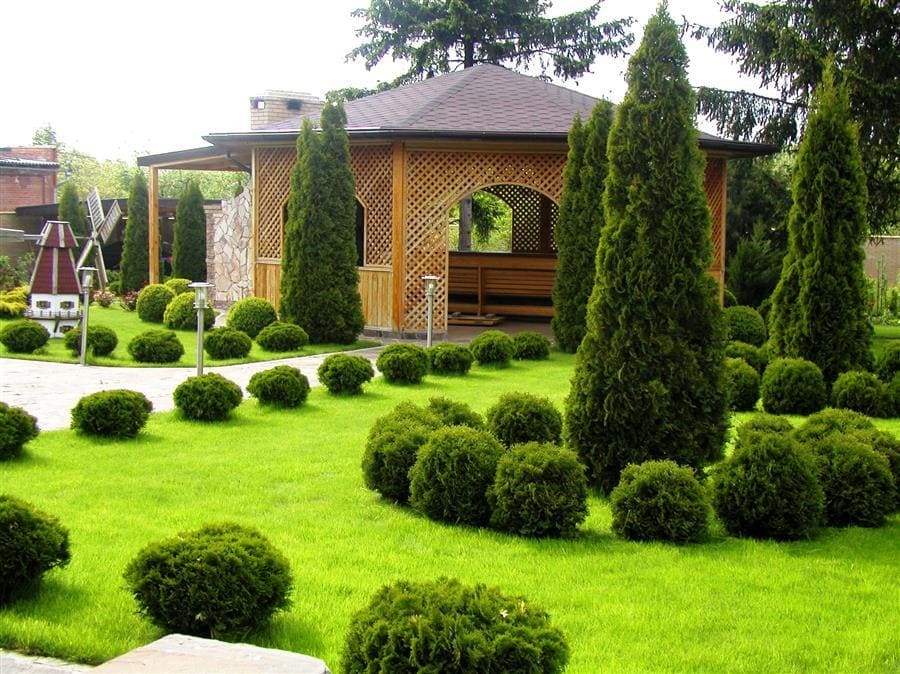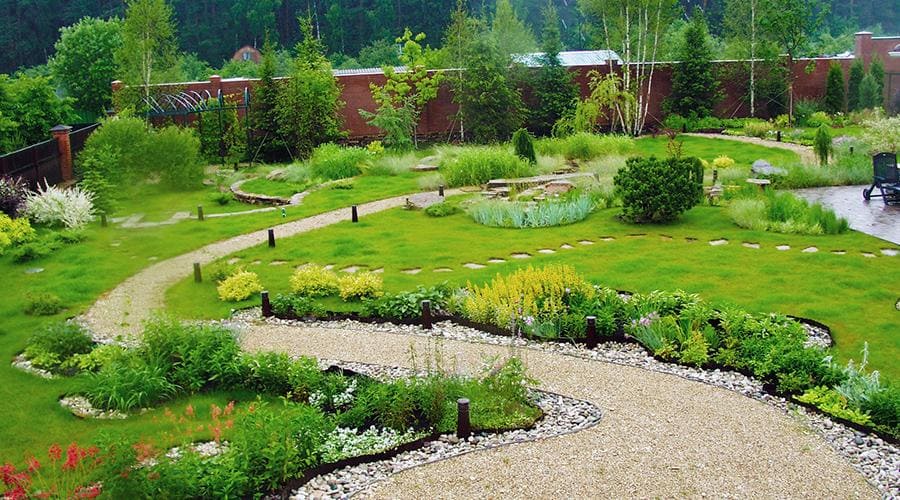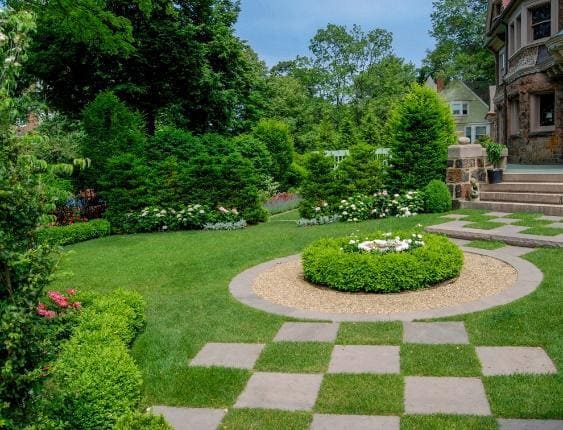Addressing the global demand for sustainable land development, our team developed a platform integrating complex ecological data into efficient design. This project streamlined landscape design from concept to implementation, ensuring data-driven decisions. Our core objective: optimize resource utilization, enhance biodiversity, and mitigate environmental impact, fostering resilient ecosystems. This initiative sets a new benchmark for eco-friendly design.
Technical Implementation and Design Philosophy
- User Experience and Interface (UX/UI) Engineering: We prioritized an intuitive environment for geospatial and ecological data. Interactive 3D visualization modeled landscape elements in real-time. Parametric design tools facilitated rapid iteration. Data-rich dashboards presented critical environmental metrics clearly. Accessibility empowered diverse professionals for informed design choices.
- Architectural and Technological Foundations: The solution leverages a scalable, cloud-native microservices architecture. PostGIS manages spatial data. Advanced simulation engines for hydrology, solar gain, and biodiversity are integrated via APIs. React.js with WebGL powers 3D rendering. Python backend handles data processing. Machine learning models provide predictive analysis and optimize resource consumption. Data security safeguards project information.
Phased Realization and Development Lifecycle
Our development followed an agile methodology, with iterative sprints for continuous feedback. We emphasized continuous integration and deployment (CI/CD). Testing was multi-layered: unit, integration, system, and user acceptance testing (UAT). Performance testing ensured optimal responsiveness and accuracy, guaranteeing platform stability and usability.
Refinements and Iterative Enhancements
Post-deployment and UAT feedback drove iterative enhancements. We optimized the 3D rendering engine. The reporting module was overhauled for granular data visualizations on carbon sequestration, water usage, and soil health. Real-time collaborative design capabilities were added. Database query optimizations reduced loading times. Machine learning models were refined for greater accuracy, enhancing decision support for Zyntiumdep clients.
Tangible Outcomes and Strategic Impact
The platform's successful deployment yielded significant, measurable results. We achieved an average 30% reduction in design cycle time for complex landscape projects. Projects demonstrated an average 15% improvement in resource efficiency (water, energy). Client satisfaction improved due to transparent, data-backed design proposals. Internally, the platform enhanced project management. Zyntiumdep solidified its position as an innovator and leader in sustainable urban and rural planning, contributing to a more environmentally responsible future. Its modular architecture ensures adaptability.



